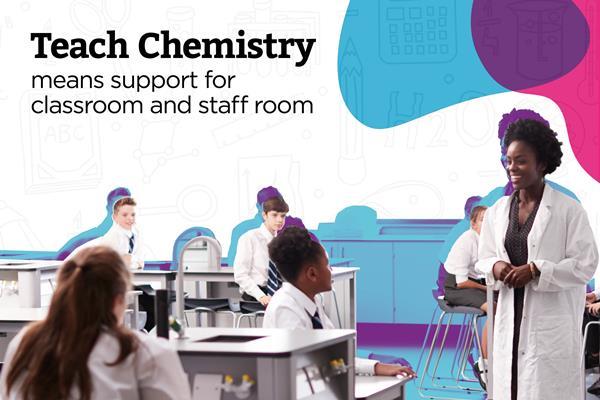Sunlight produces thousands of compounds from plastic

Scientists dispel the theory that sunlight exposure simply fragments macroplastics that persist in the environment, but what are the implications for the environment?
Scientists have discovered that sunlight can chemically breakdown plastics into tens of thousands of new compounds, with many being water soluble. This discovery dispels the prevalent theory that sunlight exposure simply physically fragments macroplastics into microplastics in the marine environment, turning them into smaller particles that are chemically similar to the original material and that persist in the environment.
Find out more and download the starter slide to use with your class and give a new context when studying polymers and recycling with your 14–16 students.
Thanks for using Education in Chemistry. You can view one Education in Chemistry article per month as a visitor.

Register for Teach Chemistry for free, unlimited access
Registration is open to all teachers and technicians at secondary schools, colleges and teacher training institutions in the UK and Ireland.
Get all this, plus much more:
- unlimited access to resources, core practical videos and Education in Chemistry articles
- teacher well-being toolkit, personal development resources and online assessments
- applications for funding to support your lessons
Already a Teach Chemistry member? Sign in now.
Not eligible for Teach Chemistry? Sign up for a personal account instead, or you can also access all our resources with Royal Society of Chemistry membership.


